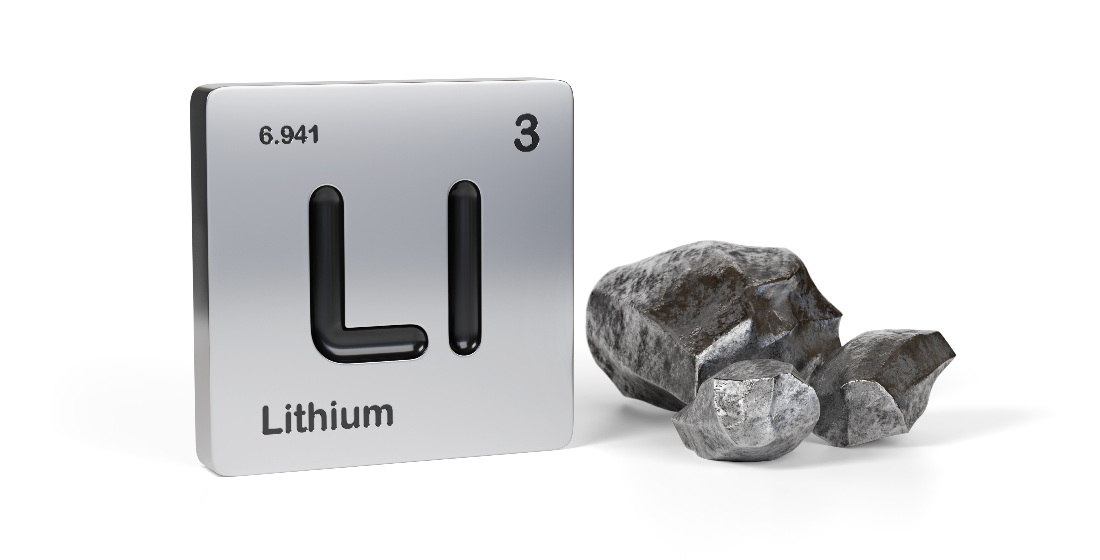Solid greens
Are all project finance loans requiring of the same level of ESG due diligence? Arguably not if a recent report by Moody’s has got its numbers right.

A delegate at Exile Group’s MENA event in Dubai (the panel videos are available here) this week made a simple but very pertinent point about the growing requirements and cost of ESG due diligence – why put projects that have many elements that are very obviously ESG and green compliant (a solar power scheme for example) through all the same ESG hoops as projects that do not have quite so obvious ESG credentials?
That is not to say every renewables project should be viewed as inherently ESG-compliant – forced migration to make way for a hydro scheme is not going to win many ESG brownie points. Nor is a solar powered coal mine.
But given banks are under increasing pressure to green their balance sheets (from 2024 onwards banks in the European Union will have to publish a green asset ratio, showing what proportion of their loans are sustainable as defined by the EU Taxonomy of Sustainable Economic Activities), easing the cost burden of due diligence for schemes that are transparently ESG-compliant from the get-go would ultimately reduce the cost of loans.
The point speaks to the wider debate about how to encourage more sustainable lending by the private sector whilst concurrently clamping down on greenwashing. There has long been evidence produced by the ratings agencies that the very low default rates on project financing should merit special treatment by Basel. That debate is beginning to morph into a call for lower risk capital ratings on green and sustainable project finance loans – and Moody’s recently produced the evidence to back it.
Moody’s Research issued ’Default and recovery rates for sustainable project finance bank loans, 1983-2020’ in late February – not exactly a page-turner but it made some interesting points, the key one being that sustainable project finance loans in developed markets are significantly less risky that non-sustainable ones, and the reasons for that are largely built-in to the projects themselves.
For example, “Social projects are at the low end of the risk spectrum in advanced economies. They benefit from a high prevalence of availability-based payment structures with governmental offtakers. These projects have a 10-year cumulative default rate (CDR) of 1.1% (Basel) and 0.5% (Moody's).
“Green projects have a 10-year CDR of 4% (Basel) and 2.5% (Moody's), below those of non-green projects. Non-green projects have a 10-year CDR of 7.8% (Basel) and 5.1% (Moody's). Of green projects included in the data set, 82% are power projects. Renewable power projects often benefit from contractual payment schemes that support lower default risk than for transportation projects or biofuels projects with exposure to market risk.”
The Uxolo perspective
Of course there are caveats to all these conclusions. Almost 93% of social and green projects included in the data set are in advanced economies. And the 10-year CDR for projects is substantially higher in emerging market and developing economies, where social projects with availability-based payment characteristics are less common. In short, ultimate recovery rates vary by industry, region and use-of-proceeds.
Similarly, not all green projects perform as strongly as others. Moody’s found that “green oil and gas projects (mostly biofuels projects) have had higher default rates and lower recovery rates than non-green oil and gas projects.”
But even allowing for the caveats the report throws up, there is evidence that for certain project financed sectors in certain regions, sustainable projects are lower risk and that the ESG risk is arguably not requiring of the same ESG due diligence as all other projects. If that argument becomes accepted by various banking regulators, loan costs go down, bank appetite for those projects deemed low-risk weighted climbs and the pace of development in key sectors like energy transition and social infrastructure accelerates.





